Tim Burton’s whimsical and macabre universe expands once again with the long-awaited sequel to his iconic film, Beetlejuice. Decades after the original haunted and delighted audiences, Beetlejuice Beetlejuice promises to rekindle the unique blend of horror and humor that made the first film a cult classic. Fans have eagerly anticipated what fresh, eerie adventures lie in store for the beloved, mischievous ghoul and his mortal companions.
As they step back into the surreal world of the afterlife, viewers can expect a visual feast typical of Burton’s style, coupled with new twists and characters that evolve the story while nodding to its roots. Whether you’re a die-hard fan or a newcomer to the series, this sequel offers a chance to experience the quirky charm of Beetlejuice all over again. Let’s dive into what makes Burton’s latest creation a must-watch.
Features
Building on the legacy of the original film, Beetlejuice Beetlejuice brings an array of refreshed and enhanced features that aim to captivate audiences with a blend of eerie charm and whimsical humor. The film’s standout elements promise a continuation of Burton’s distinctive aesthetic, infusing modern advancements while keeping the spirit of the original alive.
Visual Effects and Art Direction
Tim Burton’s films are renowned for their unique visual style, and Beetlejuice Beetlejuice is no exception. The art direction of the film remains faithful to the Gothic whimsy that fans expect, but it incorporates contemporary visual effects that push the boundaries of on-screen storytelling. Advanced CGI is seamlessly integrated to amplify the otherworldly aspects of the Beetlejuice universe, bringing a more immersive experience to the audience. The mise-en-scène, laden with eccentric details and vibrant contrasts, further accentuates the macabre yet playful world. This blend ensures that every frame is not only a continuation of the original’s visual narrative but also a spectacle that stands on its own in the current cinematic landscape.
Cast and Characters
In keeping with the sequel’s connection to its predecessor, key original cast members reprise their roles, instantly reigniting the film’s nostalgic appeal. Michael Keaton returns as the titular character, Beetlejuice, bringing back his iconic performance with added depth and mischief. Alongside him, Winona Ryder reprises her role as Lydia Deetz, providing a continuity that longtime fans will appreciate. The introduction of new characters, ingeniously woven into the existing narrative, is particularly noteworthy. These additions expand the universe of Beetlejuice while maintaining the film’s core themes of bizarre adventures and ghostly antics. The casting choices for new characters are deliberately diverse, adding fresh dynamics and perspectives to the story, making the sequel relevant to a contemporary audience without straying from the retro essence that defines the film.
Performances
Beetlejuice Beetlejuice impressively lives up to its legacy, delivering performances and direction that blend the familiar with the fresh. This section explores how the film fares in acting and directing, focusing on its contribution to the narrative’s impact and overall entertainment value.
The cast of Beetlejuice Beetlejuice strikes a fine balance between nostalgia and innovation. Michael Keaton returns with his iconic portrayal of Beetlejuice, bringing the same manic energy and unpredictability that made the character a cult favorite. His performance is both a trip down memory lane and a reminder of his versatile acting skills. Winona Ryder as Lydia Deetz provides a matured version of her character, adding depth and a reflective angle that aligns with the audience’s growth since the original.
The newcomers to the Beetlejuice universe also make substantial contributions. Their performances inject new life into the storyline, ensuring that the film does not merely ride on the coattails of its predecessors. These actors embrace the surreal and quirky tone set by Tim Burton, adding layers of humor and horror in equal measure. The chemistry among the cast—old and new—solidifies the film’s standing as a cohesive continuation of a beloved story.
Directing
Tim Burton’s directional approach in Beetlejuice Beetlejuice remains true to his signature style—whimsical, dark, and visually rich. However, Burton also adapts his methods to suit contemporary filmmaking techniques, incorporating advanced visual effects that complement the film’s aesthetic without overpowering it. His ability to maintain the eerie yet playful atmosphere is evident as he skillfully navigates through the expanded universe of Beetlejuice.
Burton’s direction ensures that the pacing of the film keeps audiences engaged, carefully balancing the introduction of new elements with the development of familiar characters. His knack for visually driven storytelling is apparent, as each scene carries the ornate details and vibrant contrasts that fans expect. Moreover, his direction allows the actors, both seasoned and new, to explore their roles deeply within the fantastical world he has curated, culminating in a film that feels both evolutionary and respectful to the original.
User Experience
Beetlejuice Beetlejuice not only tantalizes with its aesthetic and narrative innovations but also significantly enriches the user experience. This section explores how the film achieves a high level of engagement and ensures accessibility for a broad audience.
Viewer Engagement
The sequel expertly captures viewer engagement through a mix of engaging story arcs, compelling character development, and visually stunning scenes. The interplay of horror and humor, which fans cherished in the original movie, is elevated in this sequel, making every scene a delightful suspense to behold. Audience anticipation builds with the clever use of narrative hooks that pay homage to the original film’s quirky moments while introducing unexpected twists that keep the viewers on the edge of their seats.
Interactive elements such as Easter eggs that reference popular culture and callbacks to the original movie further enrich the viewing experience, encouraging audiences to watch closely and engage more deeply with the film. The dynamic between the returning characters and the newcomers adds a fresh layer to the plot, enhancing viewer investment in the storyline. Additionally, the use of modern visual effects not only adds to the immersive experience but also brings Beetlejuice’s chaotic world to vivid life, much to the delight of both new and returning viewers.
Accessibility
Beetlejuice Beetlejuice excels in making itself accessible to a wide range of audiences. The filmmakers have taken considerable steps to ensure that both fans of the original film and newcomers can enjoy the sequel without feeling lost. The script skillfully provides sufficient backstory for new viewers while expanding the narrative elements for the longtime fans.
Subtitles and dubbed versions in multiple languages make it inclusive, breaking language barriers that might deter non-English speaking audiences from enjoying the film. The visual storytelling is designed to be universally understood, with visual cues and color palettes that aid in conveying the emotional and narrative undertones of the story.
Moreover, the film’s promotional materials and trailers were strategically released across various platforms, ensuring information about the film’s return reaches a broad audience. Accessibility is further enhanced by the release across various mediums, including theatrical releases, streaming services, and special edition home videos, allowing different segments of the audience to access the film according to their preference.
Pros
Building on the engaging narrative first established by Tim Burton, Beetlejuice Beetlejuice steps forward with several standout advantages that are sure to delight fans and attract new viewers. The film’s adherence to Burton’s famously quirky and gothic aesthetic combined with advanced visual effects offers a fresh yet familiar viewing experience. Here are some key strengths of the film:
- Captivating Visuals and Effects: The sequel utilizes modern technology to heighten its visual narrative without losing the distinctive Burton touch. The effective use of CGI enhances the fantastical elements of the Beetlejuice universe, making each scene a meticulous piece of art.
- Strong Performances by the Cast: Michael Keaton returns as Beetlejuice with the same charismatic and wild energy that he brought to the original, while Winona Ryder’s matured portrayal of Lydia Deetz adds a new layer of depth to her character. The newcomers, too, blend seamlessly with the returning cast, contributing fresh dynamics that enrich the storyline.
- Nostalgic Appeal with a Modern Twist: The film strikes an excellent balance between paying homage to its origins and introducing innovative plot twists and characters. This blend of old and new ensures that the sequel remains exciting and relevant to both long-time fans and newcomers.
- Interactive and Engaging Storytelling: The script cleverly incorporates Easter eggs and callbacks to the original film, which not only serves as a delightful treat for Beetlejuice enthusiasts but also engages them in a more interactive viewing experience. The narrative hooks keep the audience guessing and engaged.
- Inclusivity in Accessibility: The film extends its reach through subtitles and dubbed versions in multiple languages, making it accessible to a global audience. The use of universal visual storytelling techniques means that even those unfamiliar with the language can enjoy the film’s rich visual humor and horror.
- Wide Availability: Released in theaters and available on various streaming platforms, the film ensures that it reaches the widest possible audience. This strategy not only caters to traditional movie-goers but also to the digital-savvy viewers who prefer streaming content at home.
Through these elements, Beetlejuice Beetlejuice proves to be a compelling follow-up to a beloved classic, enhancing the viewer’s experience while staying true to the original’s spirit.
Cons
While Beetlejuice Beetlejuice brings much to celebrate, the film is not without its drawbacks. Several elements might detract from the overall experience for some viewers, highlighting the delicate balance required in creating a follow-up to a beloved classic.
One notable concern is the pacing of the film. Some viewers might find the sequel to lag, particularly in the middle segment where the narrative tries to juggle introducing new characters while maintaining the momentum of the original cast’s storylines. This could lead to a sense of disjointedness, as the film occasionally seems to struggle with its dual focus on nostalgia and innovation.
Another point of contention is the over-reliance on CGI and modern visual effects. While these elements are designed to enhance the visuals, they sometimes overshadow the film’s practical effects, which were a hallmark of the original’s charm. Purists of Tim Burton’s work might find this shift towards digital effects less appealing, feeling that it detracts from the quirky, handmade aesthetic that is so characteristic of Burton’s earlier films.
Furthermore, while the inclusion of new characters is generally seen as a positive aspect, it also presents its own set of challenges. Some fans might feel that these characters do not receive enough development and are there more to serve the plot than to become fully fleshed-out individuals. This could potentially lead to a lack of emotional investment in the newcomers compared to the original characters, who continue to draw the most empathy and interest from the audience.
Lastly, the humor, integral to the “Beetlejuice” identity, occasionally misses the mark. In an effort to appeal to modern audiences and perhaps echo the irreverence of the current social and cultural climate, some jokes may come across as forced or in poor taste, failing to evoke the spontaneous laughter that the original so effortlessly inspired.
While these issues might not detract from the overall enjoyment for all viewers, they are notable considerations that could influence the reception of “Beetlejuice: Tim Burton’s Sequel” among certain segments of its audience.
Comparison
In this section, we’ll delve into how Beetlejuice Beetlejuice holds up against its predecessor and other films in the same genre, providing a detailed comparison that underlines both its continuity and novelty.
Original Beetlejuice vs. Sequel
Beetlejuice Beetlejuice stands as a testament to Tim Burton’s ability to evolve a storyline while staying true to the atmospheric quirks that defined the 1988 original. The sequel brings back Michael Keaton and Winona Ryder, whose performances echo their previously beloved roles yet adapt to the new narrative dynamics, offering a blend of familiarity and freshness. The most notable enhancements include advanced visual effects and a richer, more layered storyline that integrates new characters seamlessly into the universe of Beetlejuice.
Despite these additions, the film holds onto the core elements that made the original a cult classic—its unique blend of horror and comedy, and a visually rich, gothic aesthetic. However, the sequel also faces challenges, particularly in pacing and maintaining a coherent flow amidst a significantly expanded cast. This, at times, affects the rhythmic charm that characterized the original. Moreover, while the sequel benefits from modern CGI, this shift occasionally undercuts the charmingly rudimentary special effects that added to the original’s allure, potentially alienating long-standing fans.
Screenings and Audience Feedback
Before the public release of Beetlejuice Beetlejuice, a series of targeted screenings were conducted. These included press previews, fan events, and test screenings with diverse demographic groups. The feedback gathered was invaluable in understanding the film’s reception across different audiences.
The initial screenings focused primarily on fans of the original “Beetlejuice,” aiming to ensure that the sequel lived up to the high expectations. Response from these fans was largely positive, especially regarding the reprised roles of Michael Keaton and Winona Ryder, which offered a nostalgic yet fresh experience. However, constructive criticism was also noted, particularly regarding the film’s pacing and some of the new characters, who some viewers felt were not as fleshed out as they could have been.
The broader test screenings were set up to assess the reaction of the general public, including those who may not be as familiar with Tim Burton’s oeuvre. Feedback from these groups highlighted the film’s visual appeal and the effectiveness of its humor, though opinions varied on its horror elements—some found them delightfully spooky, while others deemed them too mild.
A recurring theme in the feedback was the blend of old and new. Longtime Burton fans appreciated the integrity of the thematic elements that echoed the original film, whereas newcomers were captivated by the innovative visual effects and the dynamic storytelling approach.
This feedback loop from screenings was critical in making last-minute adjustments to the film, ensuring that Beetlejuice Beetlejuice could effectively bridge the gap between catering to nostalgic fans and attracting new viewers.
Conclusion
Beetlejuice Beetlejuice promises a thrilling blend of nostalgia and innovation that’s sure to delight both die-hard fans and newcomers. With its faithful homage to the original and the introduction of fresh elements, the film strikes a balance between preserving the old and embracing the new. While there are some concerns about pacing and the integration of modern effects, the overall experience remains true to Burton’s vision. It’s a cinematic journey that respects its roots while exploring new horizons in storytelling and visual excitement. Whether you’re revisiting this quirky universe or entering it for the first time, there’s plenty to enjoy in this spirited sequel.


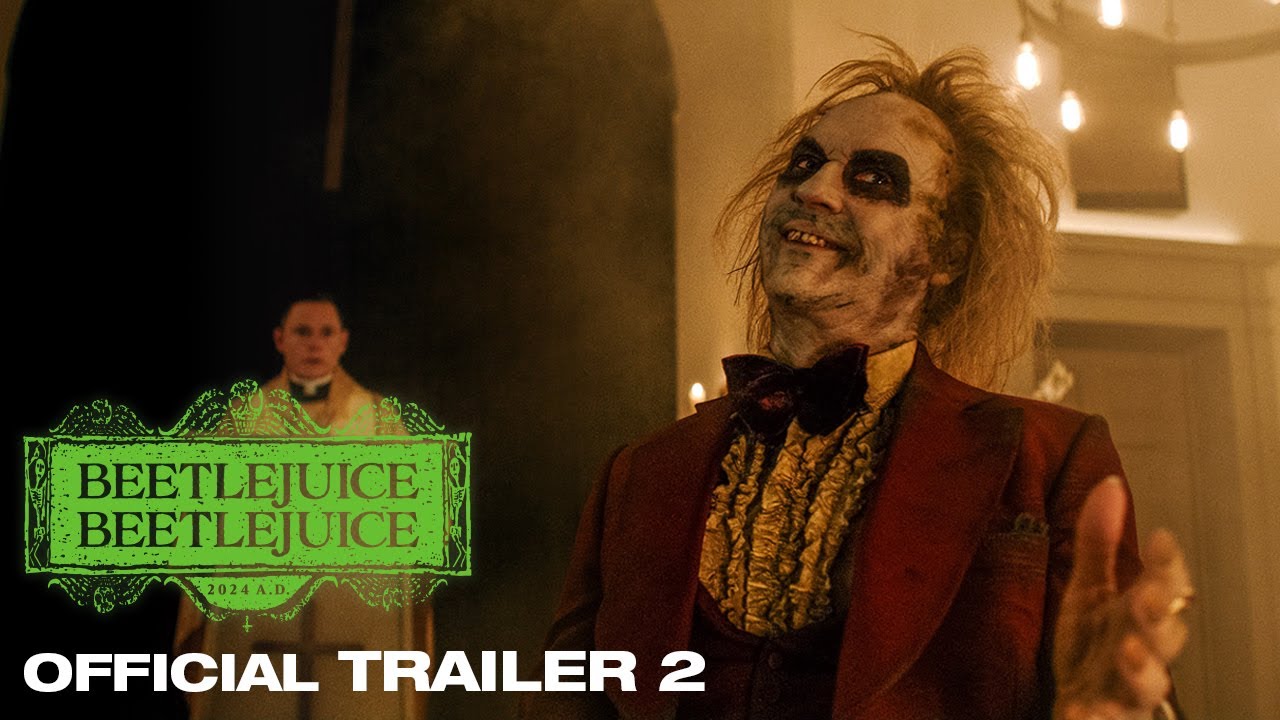
 RELATED POSTS
RELATED POSTS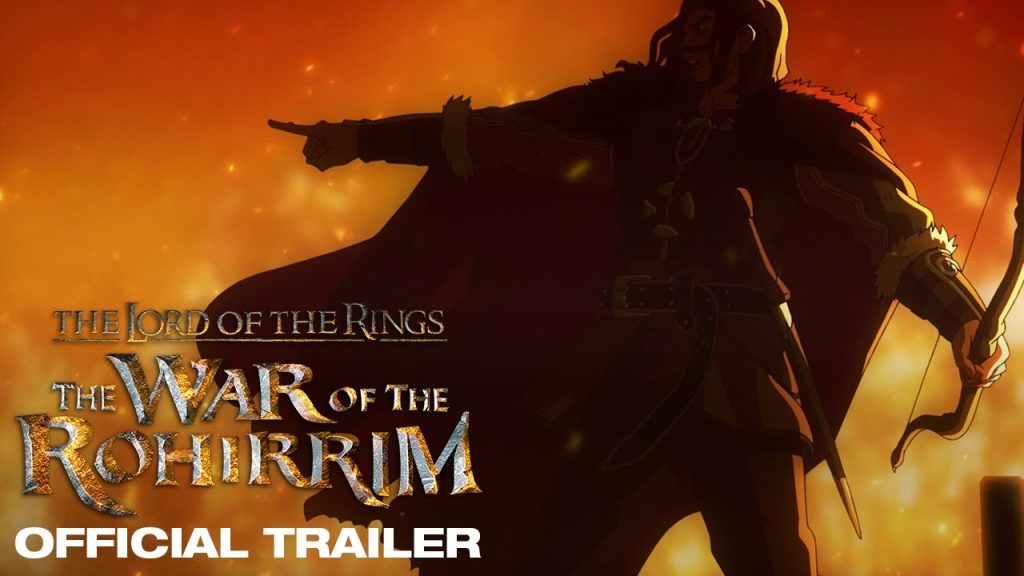


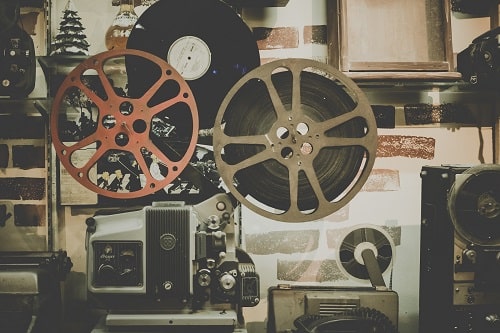
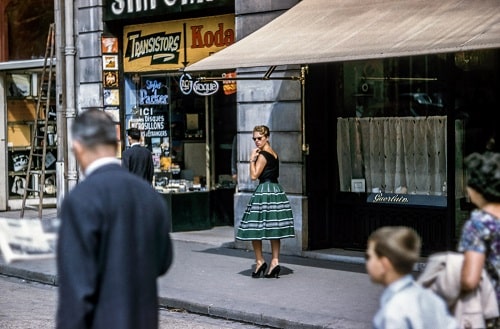
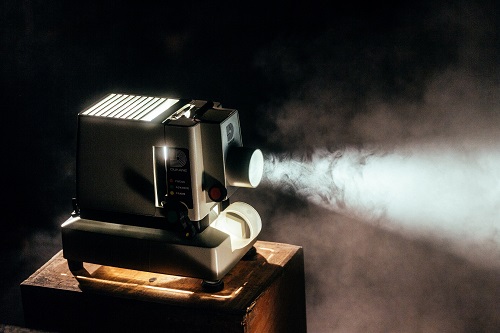
0 Comments